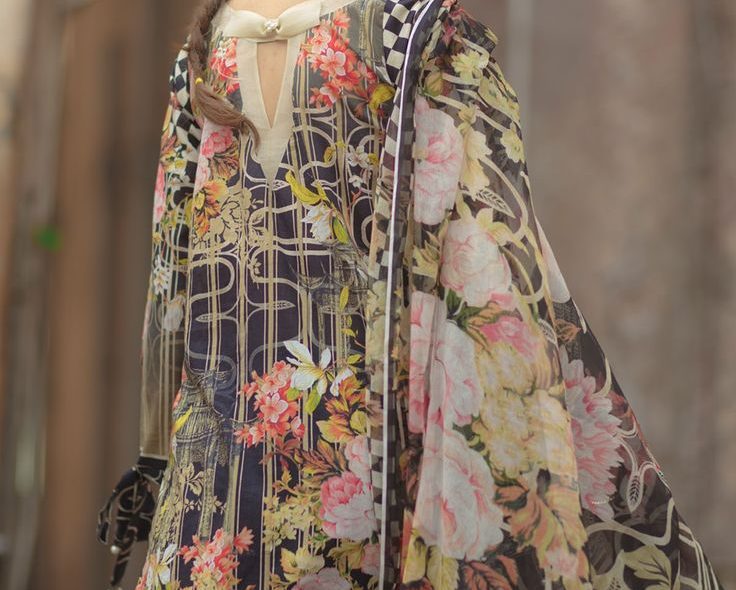Formal occasions hold a special place in our lives, from glamorous galas and sophisticated weddings to important corporate events and exclusive dinner parties. Each demands an elevated sense of style, and for women, this translates to the world of formal dresses. Far from being a rigid uniform, formal wear for women is a diverse and exciting realm, offering endless opportunities to express personal style while adhering to a standard of refined elegance.
Understanding the Formal Dress Code
Before diving into specific styles, it’s crucial to understand the nuances of formal dress codes. While “formal” is a broad term, it generally encompasses:
White Tie: The most stringent and elegant dress code, typically reserved for state dinners, royal events, and some highly prestigious galas. For women, this means a full-length evening gown, often with elaborate detailing, paired with elegant gloves, sophisticated jewelry, and an updo. Think old Hollywood glamour.
Black Tie: The most common formal dress code, prevalent at weddings, charity balls, and upscale dinners. For women, a floor-length evening gown is the standard. However, elegant cocktail dresses or sophisticated pant suits in luxurious fabrics can also be appropriate, depending on the event’s specific tone.
Black Tie Optional/Creative Black Tie: These offer a bit more flexibility. While a long gown is always a safe bet, you can experiment with shorter, equally elegant cocktail dresses, dressy separates, or even tailored jumpsuits. “Creative” often implies incorporating unique textures, colors, or contemporary silhouettes.
Cocktail Attire: While not strictly “formal” in the same vein as white or black tie, cocktail attire is often considered a step up from formal dress for women. It calls for a sophisticated, often knee-length or midi-length dress, or a dressy skirt and top combination.
Key Elements of a Formal Dress
Regardless of the specific dress code, several elements contribute to the overall formality and elegance of a dress:
Fabric: The choice of fabric is paramount. Luxurious materials like silk, satin, chiffon, velvet, lace, and brocade immediately elevate a garment. Avoid casual fabrics like cotton or jersey.
Length: For true formal events (white tie and black tie), floor-length gowns are the gold standard. For black tie optional or cocktail, midi or knee-length dresses are acceptable, provided they exude sophistication.
Silhouette: Formal dresses come in a myriad of silhouettes, each offering a distinct aesthetic. Popular choices include:
A-line: Universally flattering, gradually widening from the bust to the hem.
Sheath: Form-fitting, hugging the body’s contours.
Mermaid/Trumpet: Fitted through the bodice and hips, then flares out dramatically at or below the knee.
Ball Gown: Features a fitted bodice and a voluminous, full skirt, often with layers of tulle or organza.
Empire Waist: Fitted at the bust, with the skirt flowing freely from just below the bust line, creating an ethereal look.
Details & Embellishments: Exquisite detailing can transform a simple dress into a showstopper. Look for intricate beading, delicate embroidery, sequin embellishments, lace overlays, or elegant draping.
Color: While classic black and navy are always safe and sophisticated choices, don’t shy away from rich jewel tones like emerald green, sapphire blue, ruby red, or regal purple. Metallics like gold and silver also add a touch of glamour. Pastels can be beautiful for daytime formal events.
Choosing the Perfect Formal Dress for You
Selecting the ideal formal dress involves more than just adhering to a dress code; it’s about finding a style that flatters your body shape, reflects your personal taste, and makes you feel confident and beautiful.
Consider Your Body Shape:
Pear-shaped: A-line or ball gowns balance out wider hips.
Apple-shaped: Empire waist or A-line dresses can be very flattering, drawing attention to the décolletage.
Hourglass: Sheath or mermaid styles can beautifully highlight your curves.
Rectangle: Dresses with ruching, ruffles, or defined waists can create the illusion of curves.
Petite: Opt for streamlined silhouettes and avoid overly voluminous styles that can overwhelm your frame.
Tall: Most styles work well; consider dramatic silhouettes or intricate details to complement your height.
Think About the Event: While dress codes provide a framework, the specific nature of the event can influence your choice. A corporate gala might call for a more conservative yet elegant gown, while a wedding or a New Year’s Eve party might allow for more sparkle and daring details.
Personal Style: Don’t lose sight of your own aesthetic. If you prefer classic elegance, opt for timeless silhouettes and colors. If you enjoy a touch of drama, explore unique necklines, bold colors, or intricate embellishments.
Comfort is Key (Within Limits): While a formal dress might not be as comfortable as your favorite loungewear, you should still be able to move and breathe freely. Ensure the fit is impeccable to avoid any awkward tugging or discomfort.
Accessorizing Your Formal Look
The right accessories are crucial for completing a polished formal ensemble:
Shoes: Opt for elegant heels, such as stilettos or block heels, in a complementary color or metallic shade. Ensure they are comfortable enough for standing and dancing.
Jewelry: Statement earrings, a delicate necklace, or an elegant bracelet can enhance your look. Avoid over-accessorizing; choose one or two key pieces.
Clutch: A small, elegant clutch is essential for carrying your essentials.
Outerwear: For cooler evenings, a sophisticated pashmina, a tailored coat, or a faux fur stole can add both warmth and glamour.
 :
https://www.pinterest.ca/JeemOfficial/
:
https://www.pinterest.ca/JeemOfficial/

